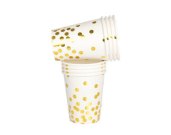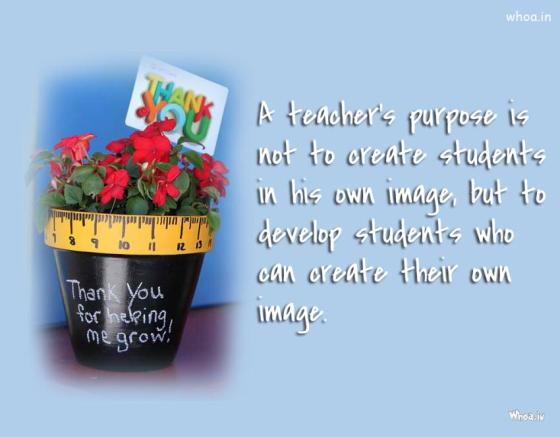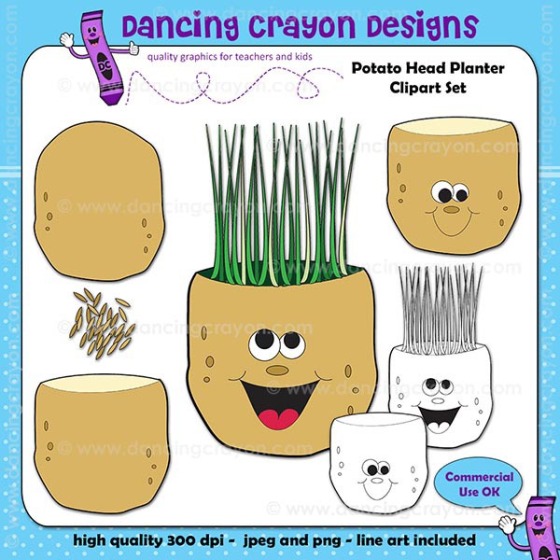A special thanks to you for being part of a child’s life. If you are a child care provider, mother, stepmom, grandmother, aunt, foster parent, adoptive parent, neighbor, or friend the role you play in child’s life is very important. Children watch you, learn from you, imitate you, and often want to be like you. Each person holds a special place in a child’s life. The moments you spend now will be memories for your future. Thanks for being in a child’s life, no matter what your role. You are changing lives everyday. Your job is not an easy job, but pay greats rewards for all you the lives you touch. Celebrate moms everywhere. Honor the mothers that are fighting for your country and safety, honor the moms that try to best they can to keep their families together, honor the special women that make a difference daily in a child’s life. A friend once told me ” All women should be celebrated on Mother’s Day whether they are a mother or not, all play a role in some child’s life”. I agree!
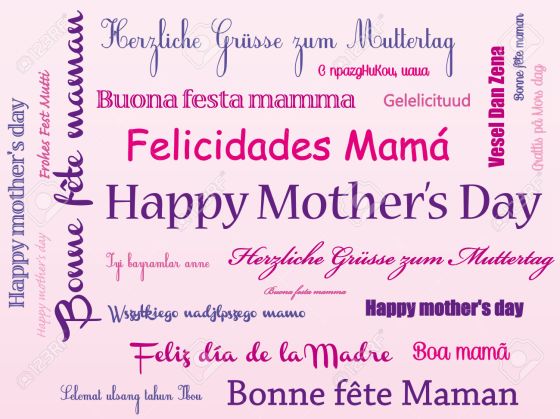


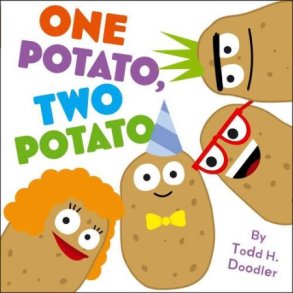
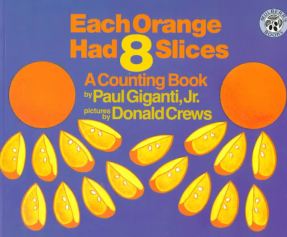
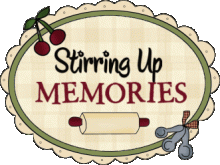
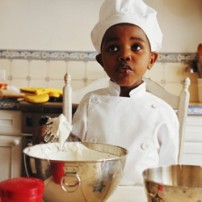
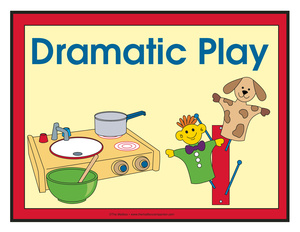
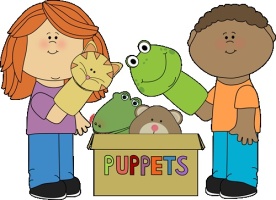

 Here’s a great activity to do in your center. It is go
Here’s a great activity to do in your center. It is go od to strengthen both science and math skills, plus gingerbread is always good around the holiday season.
od to strengthen both science and math skills, plus gingerbread is always good around the holiday season.